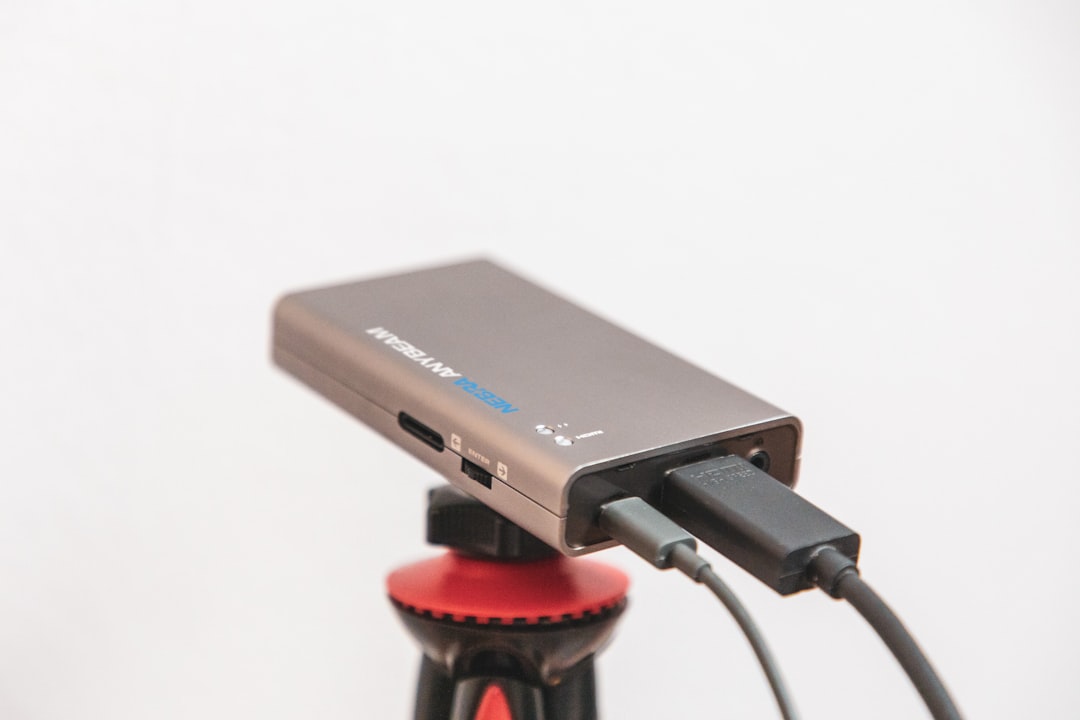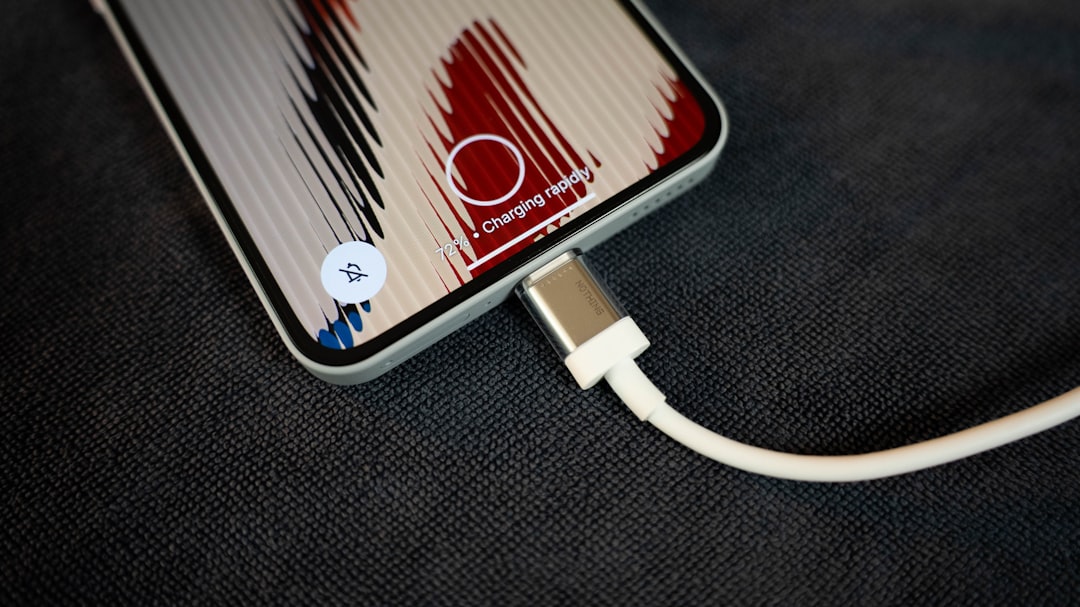In recent years, wireless charging has transitioned from a futuristic novelty to a practical everyday convenience. Whether it’s smartphones, earbuds, or smartwatches, the ability to charge devices without plugging in has become a must-have feature in our rapidly evolving tech landscape. However, as widespread as wireless charging has become, it hasn’t always been standardized—or particularly efficient. That changes with the introduction of Qi2, a new and improved version of the Qi wireless charging standard overseen by the Wireless Power Consortium (WPC).
So what is Qi2, how is it different from its predecessor, and what does it mean for your gadgets? Let’s dive into the world of wireless charging and explore everything you need to know about Qi2 technology.
What Is Qi Wireless Charging?
To understand Qi2, it’s helpful to know how wireless charging works. Traditional Qi wireless charging uses inductive charging, where power is transferred between a charging pad and a device through a magnetic field. Introduced in 2008, the Qi standard aimed to create uniformity in wireless charging across devices and brands.
Despite succeeding in becoming the go-to standard, Qi 1.0 and 1.1 were relatively inefficient, requiring precise alignment between charging coils and often providing inconsistent charging rates. Enter Qi2, developed to tackle exactly those shortcomings.
Introducing Qi2: A Magnetic Leap Forward
Launched in early 2023, Qi2 is the next-generation version of the Qi wireless charging standard. The biggest innovation? It borrows from Apple’s MagSafe technology, integrating magnetic alignment into the charging process to ensure faster, more reliable connections.
At its core, Qi2 introduces the Magnetic Power Profile (MPP), a new specification rooted in the same technology Apple uses in newer iPhones. This magnetic component ensures that the charger and device are always perfectly aligned, which minimizes energy loss and heat generation. It’s a game-changer for the efficiency and user experience of wireless charging.

Key Benefits of Qi2
Qi2 brings a host of enhancements that are set to redefine the future of wireless charging. Here are some of the most important:
- Improved Efficiency: Thanks to better alignment, Qi2 reduces power loss during charging, resulting in less heat and more efficient performance.
- Universal Compatibility: Qi2 aims to unify the charging ecosystem by making devices and accessories more broadly compatible across brands.
- Faster Charging Speeds: While Qi1 was capped around 7.5W–15W depending on the implementation, Qi2 is expected to support higher power outputs in a safer and more stable manner.
- Eco-Friendly Tech: With better energy efficiency, Qi2 inevitably contributes to greener charging, wasting less power per charge.
- Stronger Accessory Support: The standardization of magnets allows for seamless integration with stands, mounts, and chargers, opening up an entire ecosystem of innovative new tech.
Qi2 vs Qi1: What’s the Difference?
The biggest difference between the two technologies is magnetic alignment. Qi1 devices typically require precise placement on a pad; even a slight misalignment could lead to slow or failed charging. Qi2 eliminates this issue using built-in magnets to snap the device into the optimal charging position every time.
Here are some distinctions clearly laid out:
| Feature | Qi1 | Qi2 |
|---|---|---|
| Charging Efficiency | Lower, heat build-up common | Higher, minimal energy loss |
| Magnetic Alignment | No | Yes (Magnetic Power Profile) |
| Device Positioning | Manual alignment required | Automatic magnetic alignment |
| Accessory Support | Inconsistent | Standardized for compatibility |
Qi2 and Apple: The MagSafe Connection
Interestingly, much of what makes Qi2 revolutionary comes from technology already pioneered by Apple. The Magnetic Power Profile is based on MagSafe, introduced by Apple in 2020. Through collaboration with the WPC, Apple’s engineering served as the backbone for developing a more inclusive, universal magnetic charging standard.
This cooperation is significant because it means manufacturers can now create Qi2-certified chargers that work seamlessly with the iPhone as well as a wide range of Android devices—helping to bridge the long-standing divide between ecosystems.

What Devices Support Qi2?
While Qi2 is still rolling out, several manufacturers have already committed to supporting the standard. The iPhone 15 series from Apple is the first to officially support Qi2 natively. Moreover, major Android brands like Samsung and Google are expected to integrate Qi2 in upcoming device releases.
In terms of accessories, you can expect to see a flood of Qi2-compatible products hitting the market, from car chargers and wireless stands to power banks and even laptops. Accessory giants like Belkin, Anker, and Mophie are all developing Qi2-certified solutions.
Should You Upgrade to Qi2?
If you’re someone who uses wireless charging regularly, Qi2 is almost certainly worth the upgrade. The magnetic alignment not only enhances performance but also makes day-to-day use a lot more convenient. No more waking up to a dead phone because it wasn’t positioned correctly on the pad.
Additionally, as more devices become Qi2 compatible, you’ll be future-proofing your gear. Investing in Qi2 chargers now means they’ll work more effectively—and universally—later on.
Safety and Standards
One of the major advantages of using a recognized standard like Qi2 is reliability and safety. Every Qi2-certified device must undergo rigorous testing to meet WPC’s guidelines. This ensures that your device won’t overheat, overcharge, or suffer damage due to inferior charging equipment.
Not all wireless charging devices on the market are created equal. Buyers should look for the official Qi2 certification logo to ensure that their charger or device benefits from these safety standards.
The Future of Wireless Charging
Qi2 is more than just an incremental upgrade—it’s a foundational shift in how devices will charge wirelessly for years to come. By establishing a magnetic, efficient, and universally compatible standard, Qi2 opens the door for an entire ecosystem of accessories and exciting new innovations.
Looking ahead, the roadmap includes even higher charging speeds, expanded use across larger devices like tablets and laptops, and perhaps even long-range wireless power delivery. Qi2 is the stepping stone toward that future.
Final Thoughts
As technology evolves, convenience, efficiency, and sustainability are at the forefront of consumer expectations. Qi2 addresses all of these benchmarks by offering a smarter, safer, and more reliable way to charge wirelessly. Whether you’re an early adopter or simply hate tangled cables and slow charge times, Qi2 represents a substantial leap forward.
Keep an eye out for Qi2-certified devices and accessories in the coming months—because once you go wireless the right way, there’s really no turning back.